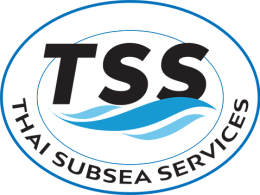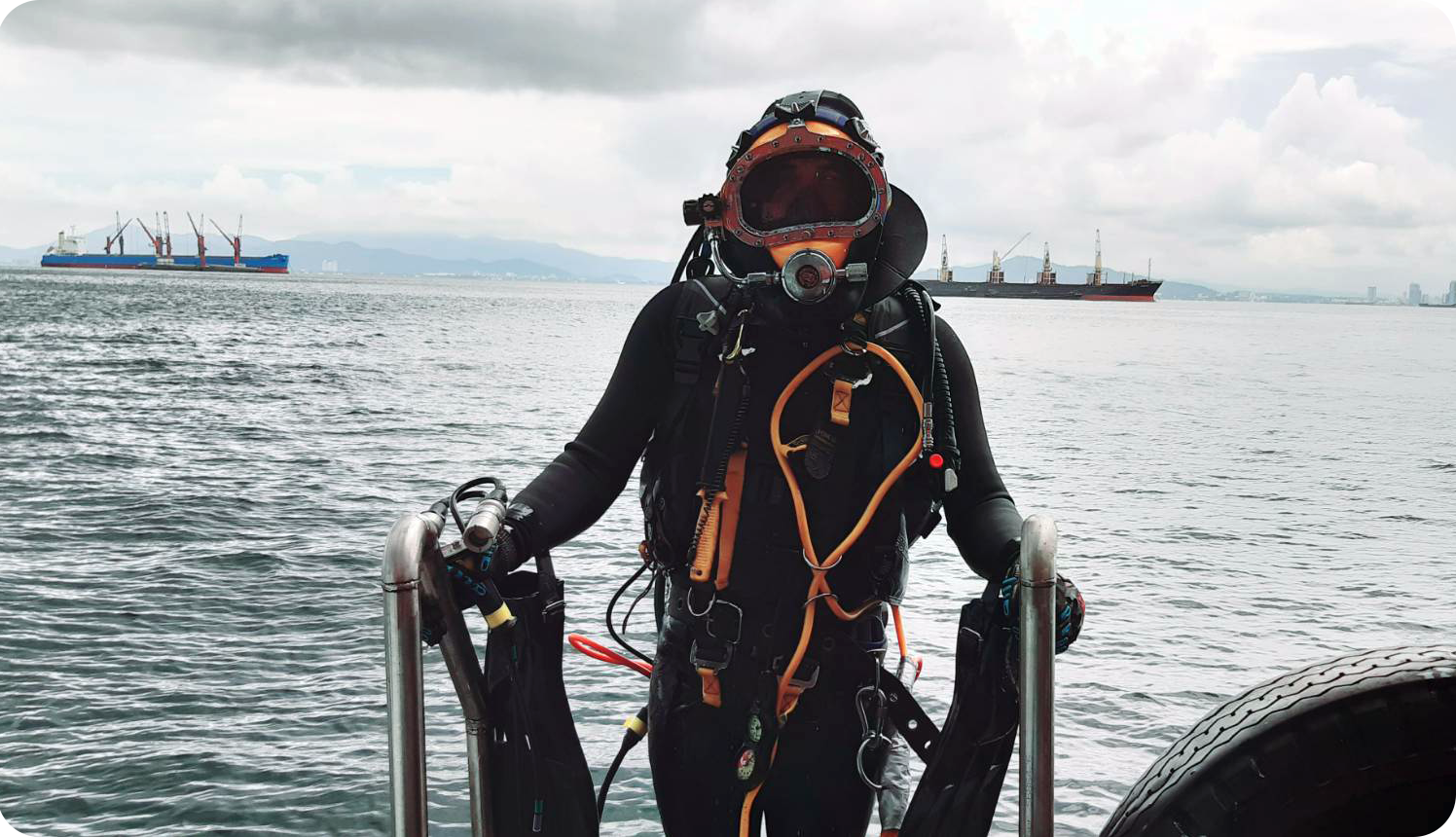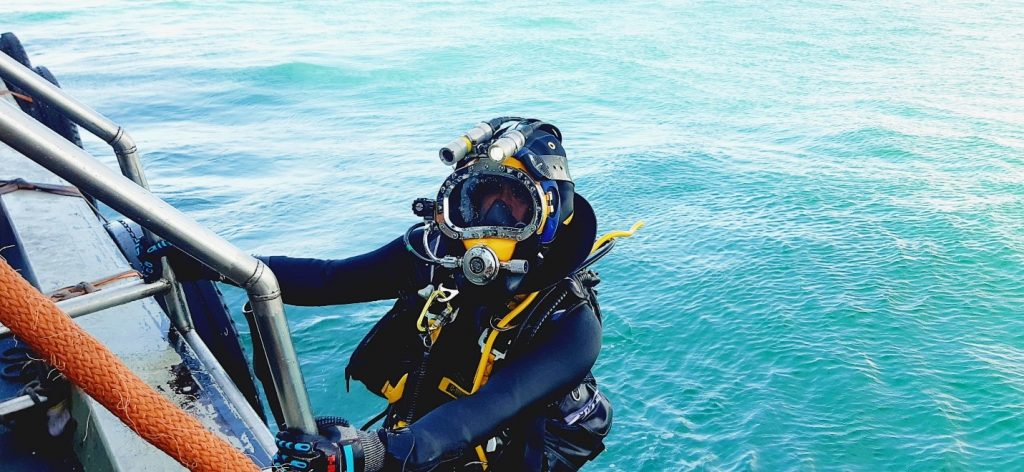
What is a ‘Sea Chest’?
A ‘Sea Chest’ is a recess in a ship’s hull that houses pipes to take in seawater. They are cavities built into a vessel’s hull to help increase the efficiency of pumping seawater into the internal pipework system to support the vessel’s engine cooling, ballast, and firefighting purposes. Sea chests have been identified as a major hotspot for biofouling and among the various niche areas along the hull of a vessel.
Sea chests are mostly found in the engine room in the space between the side of the ship which is secured and protected by grids. These grids called ‘sea chest gratings’ prevent the passage of large objects such as trash, fish, nets, etc.
The size, number, and dimensions of sea chests vary considerably with vessel size and type. As a general rule, the larger the vessel – thus increasing demand for ballast water – the greater the size and number of sea chests. These systems consists of usually 2 sea suctions, one is high and the other is low. They act as a type of gate so that seawater enters the engine room through pipelines & valves in a controlled manner. Then after the respective isolation valves, the seawater line is filtered to remove fishes, weeds, plankton, shells, etc. These organisms may cause fluctuations in the seawater pressure and erosion of the impeller of the seawater pumps.
Why sea chest are an essential part of the vessel?
Sea chests main purpose is to draw in seawater into the vessel. Since seawater is used for various, essentially purposes in the engine room, it is vital the remain in good condition. Plus, it is the only source that is always available at no extra cost! Sea chest are used for:
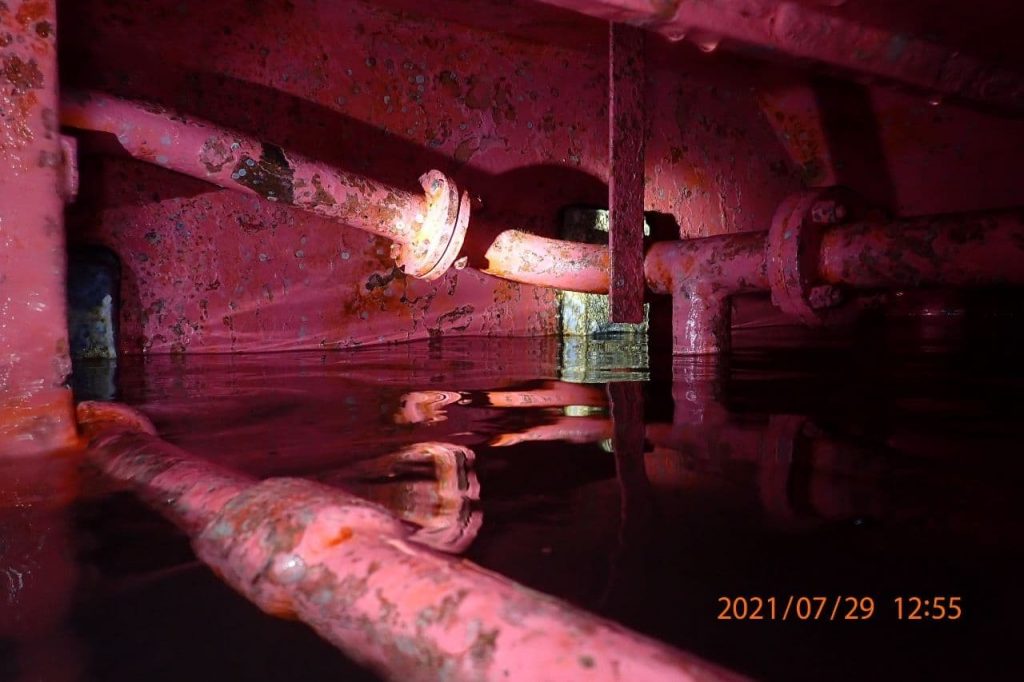
1. Cooling for fresh water in central coolers,
2. Cooling of condensate (return steam) in auxiliary/atmospheric condensers,
3. Cooling of exhaust/gland/condensate steam from the turbines (cargo pumps),
4. Cooling of air conditioning/refrigeration condensers,
5. Cooling of lubricating oil/ stern tube oil/ intermediate shaft bearing oil,
6. Seawater feed for the production of fresh water in freshwater generators,
7. In Oil Tankers, seawater is used in scrubber towers & deck seals
Familiar causes and anomalies associated with poor sea chest suction:
Typical anomalies include, damaged or clogged gratings which can be commonly fouled with mussels, shells and other marine elements and result in an unbalanced and inadequate intake of water. Since the water entering the sea chests is used for cooling the main engine and other machinery as well as supplying water for the ship’s firefighting unit, this can be catastrophic for the ship.
Other problems can include:
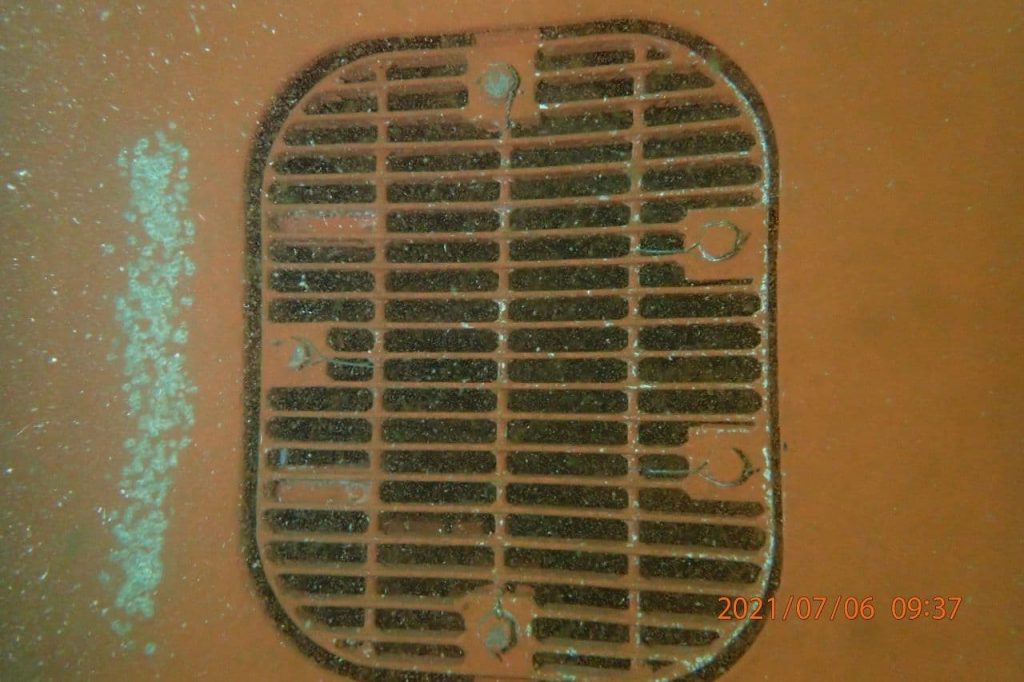
*Inadequate intake of water
*Not cooling the main engine and other machinery
*Increasing the temperature of the main engine
*Overheating of critical components
Biofouling of Submerged Surfaces
Although an average sea chest grating is opt-in to avert the entry of large debris, biofouling coverage of the internal surfaces is still completely inevitable. Since entry is done by larval stages of sessile species at the microscopic level, it is impossible to avoid.
Biofouling is the process by which organisms amass on structures immersed in the aquatic environment. The generalized succession of biofouling is as follows:
· Once the structure is submerged organic and inorganic molecules are adsorbed onto the exposed surface,
· Microbial cells and bacteria attach,
· These organisms exude extra polymeric substances, forming the characteristic ‘slime layer’,
· Multicellular organisms settle to form a more structurally complex community, and
· As the complexity of biofouling increases, habitat is created for mobile organisms
What System Protect Sea Chest from Marine Growth and Internal Corrosion?
The most common MGPS (Marine Growth Prevention System) and ICCP (Impressed Current Cathodic Protection) utilized in most vessel’s sea chests are sacrificial anodic copper and chlorine-based dosing systems. ICCP systems normally consists of a pair of copper anodes and an aluminum or iron anode to counteract corrosion of the sea chest and internal pipes. Accompanied by reference cells installed in the vessel’s hull plating, these anodes are placed within the sea chest close to the seawater intakes. An electrical current is introduced to the anodes which causes the release of copper, aluminum, or iron ions into the seawater which are then dispersed throughout the sea chest and internal pipework. The concentration of ions released can be controlled by altering the voltage of the electrical current. MGPS that are installed in the sea chests will provide protection to both the sea chest and the internal pipework.
One of the crucial areas to be included in every underwater ship inspection is the Sea Chests. However, due to their location, and restricted access by the gratings, they are costly to inspect as well as presenting many safety challenges.
Traditionally, sea chest inspection has been performed by divers externally with high-graded designed underwater cameras or with CCTV inspection. Another option is to have divers physically open the gratings and enter inside to closely check the condition of internal pipework and structural welds, as well as to assess the presence of biofouling. This of course needs further safety protocols as there is a high suction hazard and enclosed space risk.
The final other option is to take the vessel into the yard or dry dock but naturally, dry docking is quite costly in terms of the inspection itself and lost production time.
We at Thai Subsea offer high-precision underwater surveys and inspections of your entire ship, including niche areas like sea chests.
We also execute high-quality underwater hull cleaning and biofouling removal from these niche areas ensuring our customers a prolonged period away from the ship’s dry-dock, saving time and money.
